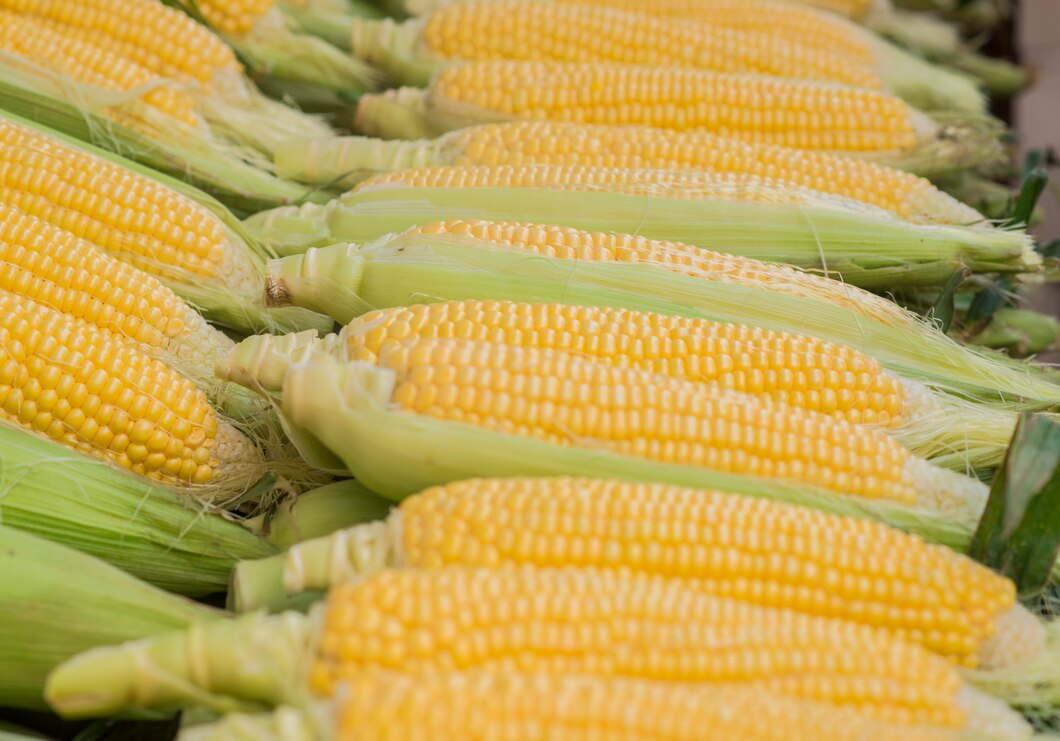Climate change is affecting ecosystems around the world in dramatic and sometimes unexpected ways. Rising temperatures, unpredictable weather patterns, and shifting ecosystems are not just changing how and where crops grow—they’re also altering the chemistry of certain foods. Some foods that we consume daily could become harmful or even poisonous due to changes in their chemical composition, growth patterns, or the pests and fungi that affect them. Here are 10 foods that could become toxic if altered by climate change:
1. Cassava (Manioc)
Cassava is a staple crop in many parts of Africa, including South Africa. However, when grown under drought conditions or stressed by heat, cassava plants produce higher levels of cyanogenic glycosides, compounds that can turn into cyanide if not properly processed. Improperly prepared cassava can cause poisoning, especially in regions where food security is threatened by climate change.
2. Potatoes
Potatoes produce a naturally occurring toxin called solanine, which can become concentrated in green or damaged potatoes. Under warmer temperatures and fluctuating weather, potatoes may produce higher levels of solanine, particularly if they are exposed to light or stress. Eating potatoes with elevated solanine levels can lead to nausea, vomiting, and in severe cases, neurological problems.
3. Kidney Beans
Kidney beans contain a natural toxin called phytohemagglutinin, which can cause food poisoning if the beans are not properly cooked. With increasing temperatures and irregular rainfall, climate change may encourage mold growth and raise toxin levels in the beans. Higher concentrations of this toxin could make kidney beans more hazardous if not cooked thoroughly.
4. Maize (Corn)
Maize is vulnerable to the growth of fungi that produce mycotoxins, especially aflatoxins, which are highly carcinogenic. Climate change is increasing the risk of fungal contamination due to warmer, more humid conditions, particularly in tropical and subtropical regions. If these toxins enter the food supply in larger quantities, they can cause liver damage and other serious health issues.
5. Peanuts
Similar to maize, peanuts are highly susceptible to aflatoxin contamination, which thrives in warm and moist environments. Rising temperatures and extreme weather events increase the risk of aflatoxin levels spiking in peanut crops. Aflatoxins are linked to liver cancer and can be fatal in large amounts if ingested over time.
6. Wheat
Climate change can increase the levels of natural toxins called mycotoxins in wheat due to increased fungal infections. In particular, Fusarium fungus, which thrives in warmer climates, produces harmful mycotoxins like deoxynivalenol (DON). Consuming mycotoxin-contaminated wheat can cause nausea, vomiting, and immune system suppression.
7. Rice
Rice is an essential food crop globally, but climate change could cause higher levels of arsenic accumulation in rice plants. Flooding, rising temperatures, and the increased use of contaminated water sources may lead rice to absorb more arsenic from the soil. Chronic exposure to arsenic can lead to skin lesions, cancer, and cardiovascular diseases.
8. Spinach
Spinach and other leafy greens can absorb nitrates from the soil. Under changing climate conditions, higher temperatures and droughts can cause plants to convert these nitrates into nitrites, which are toxic to humans. Nitrite poisoning can lead to methemoglobinemia, a condition where oxygen transport in the blood is impaired.
9. Almonds
Bitter almonds naturally contain amygdalin, a compound that can break down into cyanide when consumed. While sweet almonds are commonly eaten, the impact of climate change on almond crops, particularly water stress, may increase the risk of higher cyanide levels in bitter almonds. Consuming even a small amount of bitter almonds can cause cyanide poisoning.
10. Mushrooms
Wild mushrooms are already known for their variability in toxicity, and climate change may increase the number of toxic species or enhance the potency of toxins in mushrooms. Warmer temperatures and changing rainfall patterns can promote the growth of certain species that produce dangerous compounds like amatoxins, which can lead to severe liver damage or death.
As climate change continues to alter the planet, it also has a profound effect on food safety. Foods that have been consumed safely for generations may become dangerous due to changes in their growth conditions or the introduction of new pests and fungi. It is crucial to remain vigilant about food sourcing, proper storage, and safe cooking practices, especially as environmental factors continue to shift. Governments and researchers will need to monitor these changes closely to ensure that food supplies remain safe and nutritious in the face of a changing climate.








